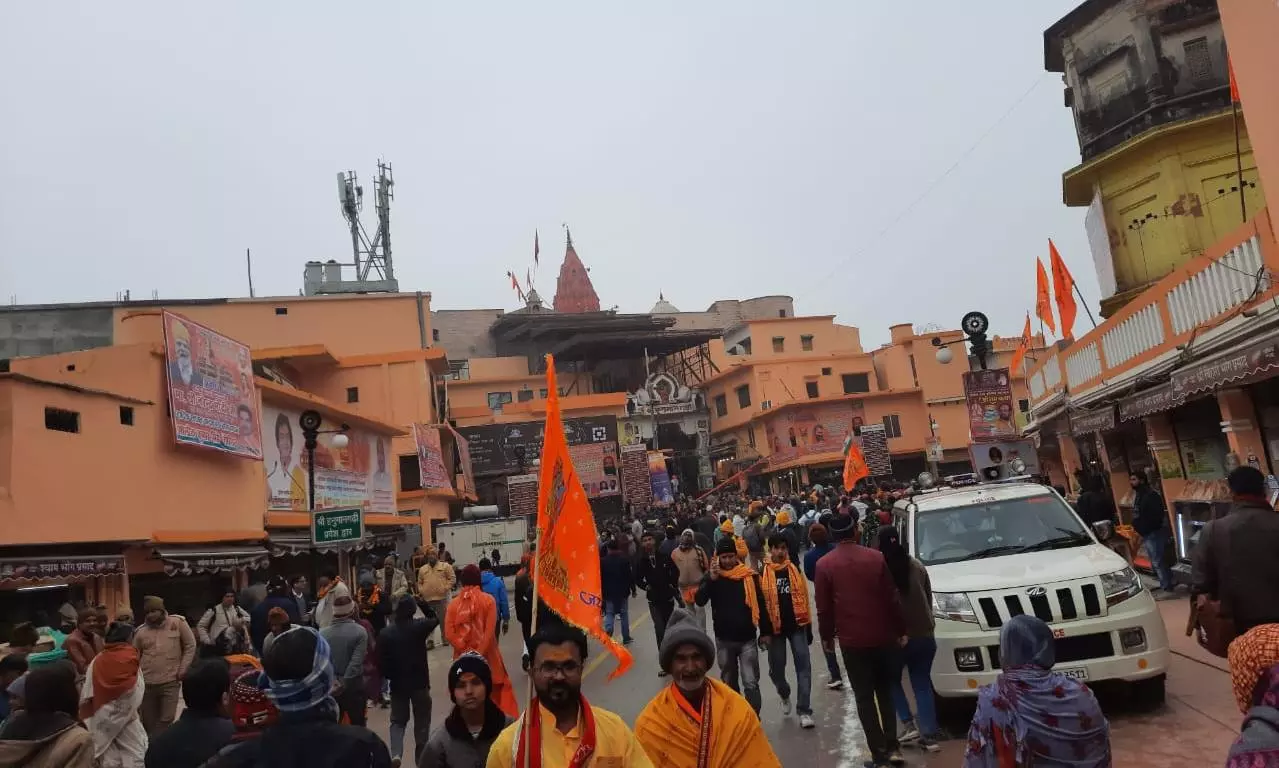
$10-b makeover may transform Ayodhya from sleepy town to tourist hub
Religious tourism is still biggest segment of tourism in India, says Jefferies Research, drawing parallels between Ayodhya, Vatican and Mecca

The inauguration of the Ram temple in Ayodhya on January 22 by Prime Minister Narendra Modi marks a significant religious event for India with far-reaching economic implications. The event is expected to trigger a substantial economic impact as India welcomes a new tourist attraction projected to draw over 50 million visitors annually, says a Jefferies Research report.
With an estimated investment of $10 billion, encompassing the development of a new airport, the revitalisation of the railway station, the creation of a modern township, and the enhancement of road connectivity, this endeavour is poised to generate a powerful multiplier effect. It is expected to stimulate the growth of new hotels and various other economic activities, thereby setting a precedent for infrastructure-driven tourism expansion, the report from Jefferies said on Monday (January 22).
Religious tourism
Tourism in India has immense potential, having contributed $194 billion to the GDP in FY19 (pre-COVID), with a projected compound annual growth rate (CAGR) of 8 per cent to reach $443 billion by FY33. However, the current tourism-to-GDP ratio in India stands at 6.8 per cent, which places it below many large emerging and developed economies by 3-5 percentage points.
Religious tourism continues to dominate the Indian landscape, with numerous popular religious centres attracting annual traffic ranging from 10 to 30 million visitors despite infrastructure limitations. The establishment of a new religious tourism hub like Ayodhya, complete with improved connectivity and infrastructure, is poised to create a substantial and meaningful economic impact.
"Thanks to its $10 billion makeover, Ayodhya is transforming remarkably from a quiet town to a global religious and spiritual tourist hotspot. The construction of the new Ram temple, costing $225 million (₹18 billion), is expected to fuel a surge in tourism and foster increased economic and religious migration to Ayodhya. This, in turn, stands to benefit multiple sectors, including hotels, airlines, hospitality, FMCG, travel-related businesses, and even the cement industry," says the report.

